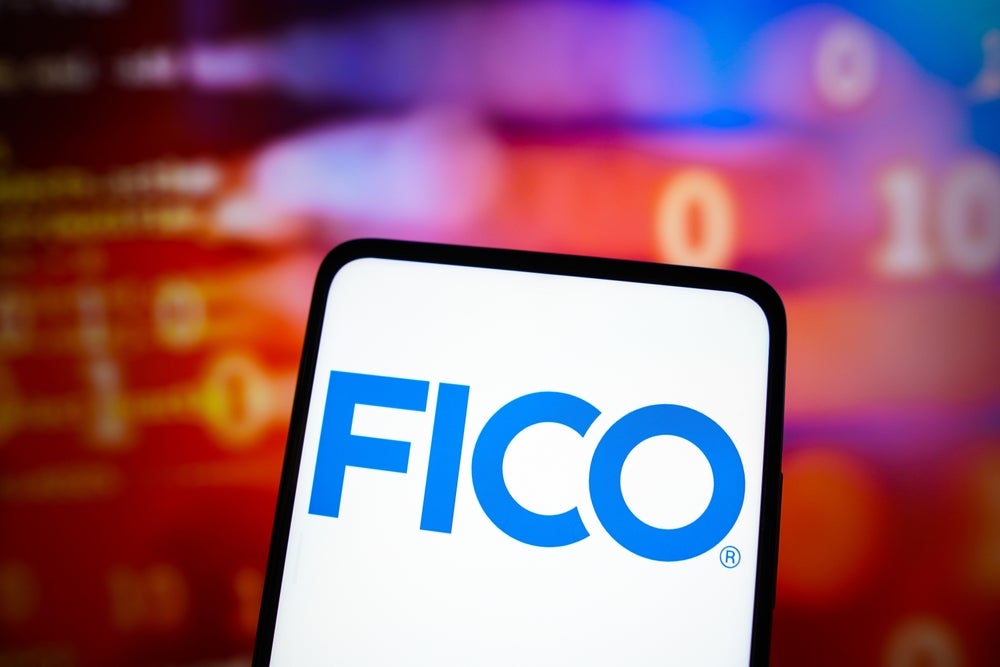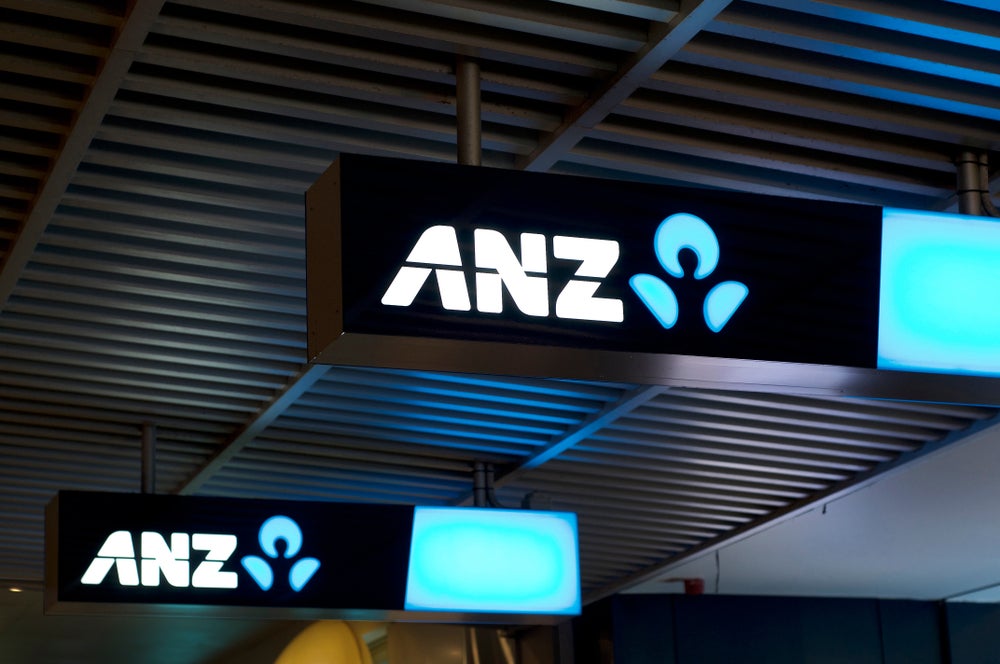An alarming number of
bank CEOs fail to determine returns on investment on customer
relationship management systems, in particular if the expenditure
is database or sales only focused. The highest investment returns
occur when centricity incorporates risk management, reports Douglas
Blakey.
 What could be riskier
What could be riskier
than portfolio growth through acquisition? Neglecting organic
growth, creating competition for customer payment share, and
encouraging customers to be tempted by product offerings from
rivals by allowing products on offer to stagnate, are errors many
retail banks have made as a result of managing their accounts
within product silos.
Although increased investment
across the banking sector in customer relationship management
systems (CRM), has been a feature of the past decade, an alarming
number of bank CEO’s fail to determine returns on investment on
CRM.
Speaking at the FICO Forum in
London at the end of November, senior director, EMEA, Janice Horan
said that the highest investment returns occur when centricity
incorporates risk management with an added bonus of offering the
prospect decreased capital needs.
Horan said multiple surveys
showed: “CEOs could define operational and loss savings where the
customer view is fully embedded in risk management and the lender’s
corporate psychology.”
How well do you really know your competitors?
Access the most comprehensive Company Profiles on the market, powered by GlobalData. Save hours of research. Gain competitive edge.

Thank you!
Your download email will arrive shortly
Not ready to buy yet? Download a free sample
We are confident about the unique quality of our Company Profiles. However, we want you to make the most beneficial decision for your business, so we offer a free sample that you can download by submitting the below form
By GlobalDataCurrent CRM capabilities
include:
- Customer level scores,
analytics; - Inclusion of deposit,
current account relationships; - Customer delinquent and
over-limit collections; - Customer communications and
cross-selling; - Customer exposure
management; and - Customer level
authorisations
But to maximise the benefits
of centricity, a number of hurdles require to be
overcome.
“There can be difficulty in
figuring out who owns the customer,” said Horan.
“Who will control the
relationship within the organisation can be political. Cards
products, for example, often operate from a different silo from the
rest of retail banking.”
Horan added: “Customer
centric risk management can also create regulatory compliance and
ultimately lower capital requirements.”
Around the world, there are
huge regional variations in terms of market sectors where lenders
have systems in place giving a full customer view.
In countries such as the US,
FICO estimate that only around 31% of card issuers have such
systems in place.
Lenders in the US have
pursued growth through mass marketing, enabled by
pre-screening.
By contrast, lenders in
Australia have been highly customer focused.
As a result of a number of
major structural changes in the retail banking sector – such as
more complex client relationships, more channels, more payment
competition – the importance of a risk approach
increases.
Changes in customer behaviour
have been marked, such as the evolution in payment
hierarchies.
Evidence from FICO, suggests
the change is pronounced among two market segments in particular:
consumers aged under 35 and borrowers with a FICO score of below
620, the original definition of a subprime borrower.
Horan said the traditional
payment order was: mortgage; transportation costs, typically a car
loan; utility bills in third place, followed by unsecured lenders
if any funds were available.
In its place, the new payment
hierarchy increasingly comprises credit card payments in first
place; mobile phone bills second, ahead of mortgage and
transportation costs.
“Lenders all have five years of customer data waiting in a
Basel II depository just waiting to be segmented.”
See also: In and out at Metro Bank in 7 mins
20 seconds






